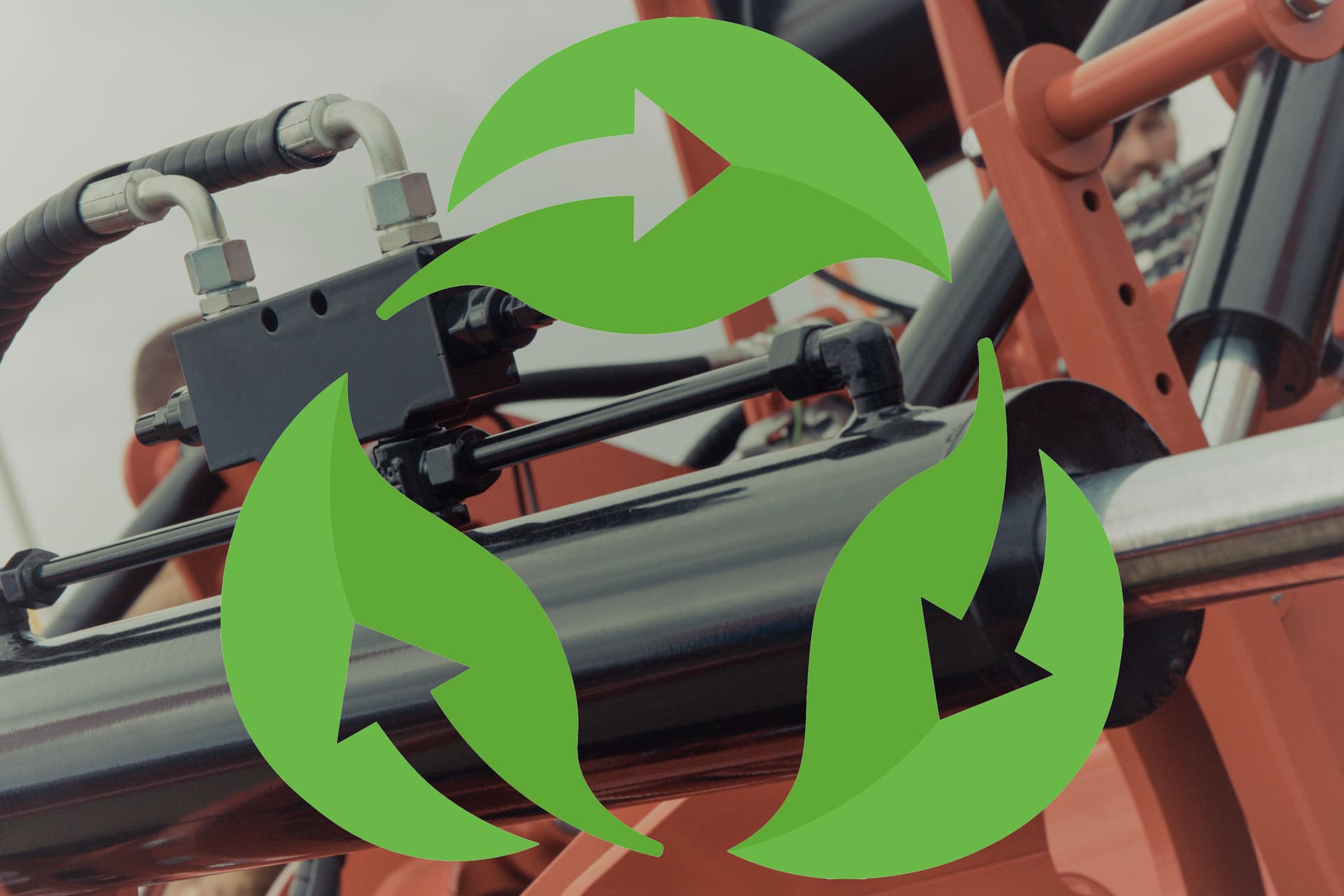Revolutionizing Efficiency: Innovative Strategies for Sustainable Hydraulic Systems

Introduction
Improving the energy efficiency and sustainability of hydraulic systems is increasingly crucial in a world focused on reducing environmental impacts and operational costs. Here are detailed strategies for achieving these goals:
Energy-efficient Components
Incorporating variable speed drives (VSDs) into hydraulic systems allows the motor speed to adapt based on load requirements, which significantly reduces energy consumption when full power isn't necessary. Additionally, the adoption of high-efficiency pumps is crucial. These pumps are engineered to minimize internal losses and enhance volumetric and mechanical efficiency, leading to lower overall energy usage.
Electrification of Hydraulic Systems
Electrification involves replacing traditional hydraulic actuators with electric ones, which helps reduce energy losses associated with fluid compressibility and resistance. This transition not only improves efficiency but also eliminates the environmental risks linked with hydraulic fluids, making the system cleaner and safer.
Advanced Control Systems
Implementing smart controls through the integration of sensors and IoT technology allows for precise real-time monitoring and control, optimizing hydraulic system performance and reducing unnecessary energy use. Moreover, predictive maintenance technologies can anticipate equipment failures before they occur, maintaining system efficiency and avoiding the energy waste related to operating damaged or inefficient equipment.
Use of Renewable Energy Sources
By powering hydraulic systems with renewable energy sources such as solar or wind, companies can significantly decrease the carbon footprint of their operations. This approach aligns with global sustainability goals and can improve the public perception of a company as environmentally responsible.
Heat Recovery Systems
Heat generated by hydraulic systems can be captured and reused, enhancing overall energy efficiency. This recovered heat can be utilized in various ways, including warming facilities, preheating operational fluids, or powering additional equipment, thus contributing to a more efficient use of resources.
Biodegradable Hydraulic Fluids
Switching to biodegradable hydraulic fluids made from synthetic esters or vegetable-based oils minimizes environmental damage in the event of leaks or spills. These fluids are designed to degrade more rapidly and completely than traditional mineral-based options, offering an eco-friendly alternative that reduces the potential for soil and water contamination.
System Design and Optimization
Optimizing the design of hydraulic systems by downsizing components to better match performance requirements can lead to significant energy savings. Additionally, optimizing system layouts to minimize pressure drops and flow restrictions enhances the system’s overall efficiency, reducing energy consumption across operations.
Regenerative Systems
Integrating regenerative capabilities into hydraulic systems allows them to capture and reuse energy from various processes, such as braking in mobile applications. This not only boosts system efficiency but also contributes to energy conservation, making these systems more sustainable and cost-effective in the long run.
These strategies involve initial investments but typically result in substantial long-term savings and considerable environmental benefits. As technology progresses, the integration of smart systems and renewable energies in hydraulics is expected to become more prevalent, driving the industry towards a more sustainable future.